History of Cannabis (Marijuana history & usage)
a brief history of cannabis
The cannabis plant goes back a long way in history and has had many usages over it’s time. Here is an overview of the history of the plant.

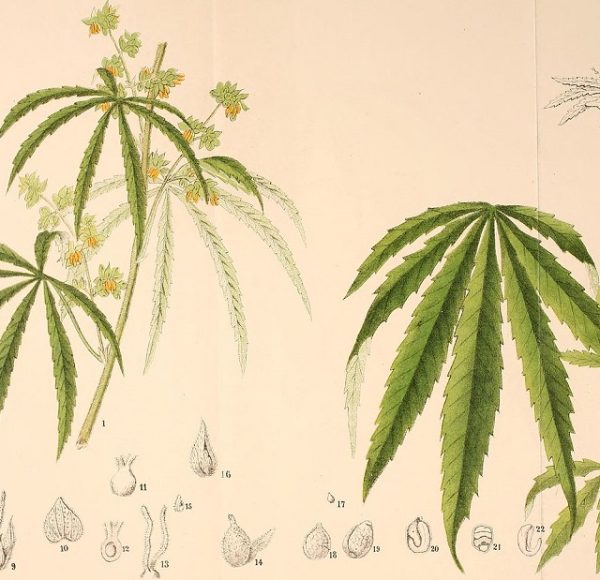
where it all started...
The earliest reference to the cannabis plant that we know of, dates back to 2900 BC in China. Archaeologists have found small pots, decorated with hemp designs that date back over 10,000 years ago, in an old village in China. The ancient Chinese Emperor, Fu His, also mentioned cannabis (or ‘Ma’ in Chinese) as a medicine that holds both ying and yang properties.
Although it seems the hemp plant was used less for its psychoactive effects and more for food, ropes, paper, clothing and textiles. However, there is some evidence to suggest the ancient people did know about the psychoactive powers of the plant with evidence of burned cannabis seeds discovered by graves of shamans in China and also Siberia, dating around 500 BC.
There is evidence to suggest the Scythians in Siberia, were also some of the first people to use cannabis in 7th century BC. It is said to have been used in rituals to honour spirits of the deceased, as well as recreational use. Cannabis was known as a sacred and religious medicine.
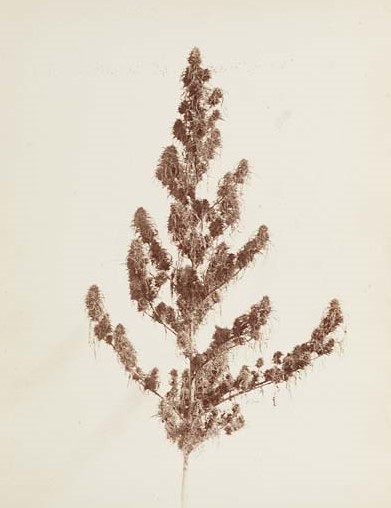
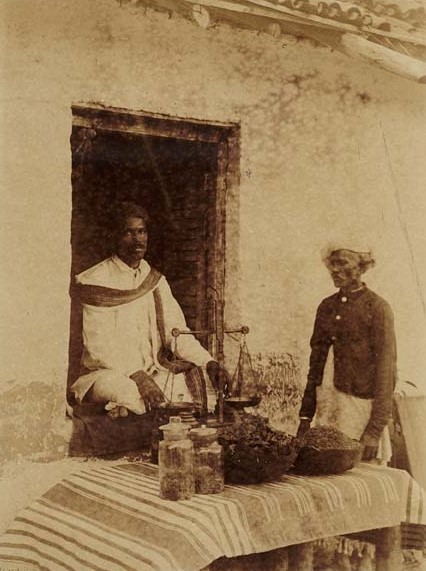
cannabis spreads worldwide
From central Asia, the use of cannabis then spread to India, Europe, the Middle East, Africa and then to the Americas.
Around 2000 BC, the cannabis plant was brought into Korea from China by local farmers. The seeds were then planted throughout the South of Asia. The use of cannabis was also starting to take shape in India, Europe, the Middle East and South-Eastern Russia. In India, references to cannabis were made in the Vedas (sacred Hindu text), predicted to be around 2000 to 1400 B.C. It was spoken of in legends and was an extremely religious plant, with gods said to having been in the leaves.
It is known that the Vikings used hemp fibres to make into ropes in 850 AD, while around 1000 AD, hemp was turned into boat sails in Italy. The Anglo-Saxons introduced marijuana to Great Britain around 1200 AD, whilst at the same time it was circulating throughout Africa and South America.
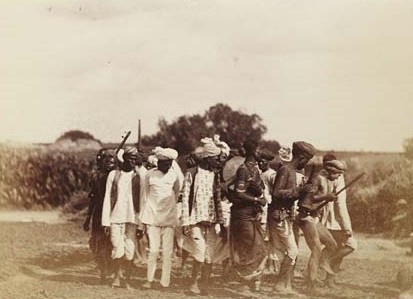
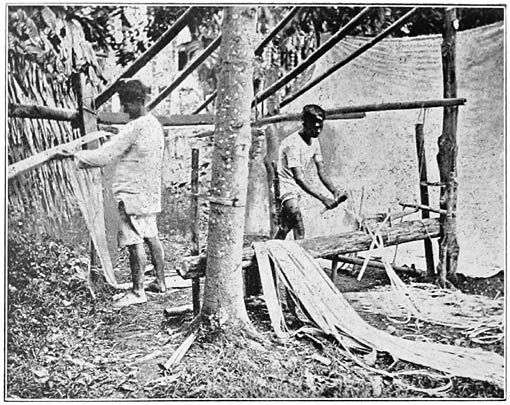
how the cannabis plant was used
The cannabis plant was also used to make many industrial products (such as textiles) and in England in 1533, King Henry instructed that hemp was grown by all farmers for the industry. In 1753, Carolus Linnaeus (a botanist from Sweden) recorded two types of cannabis plants, the cannabis sativa, and cannabis indica (the two main types we know today). Cannabis first arrived in Sydney, Australia in 1788 where hemp was then one of the most wildly grown plants in the country.
The plant was brought to the Caribbean around 1800 AD. In the 1830s an Irish doctor, Sir William Brooke O’Shaughnessy, found through his studies in India that marijuana could help with stomach pain and vomiting for those suffering from cholera. Later on, in the late 19th century, pharmacies were selling marijuana extracts to treat stomach upsets and various other conditions in the United States.

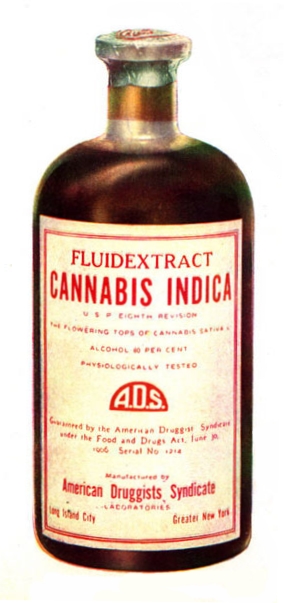
views on cannabis start to change
In 1906, The Pure Food and Drug Act started to control the labelling of cannabis and other drugs such as alcohol, opiates, cocaine, and other products. The plant continued to spread around North America during the Mexican Revolution (1910-1920), where it was used for recreational use.
The views on cannabis started to change during the late 19th century and it was begging to get a reputation that it was used by the lower classes. In 1915, Utah was the first state in the US to make cannabis illegal for personal use, with 28 more states doing the same by 1941. In the UK, cannabis was banned for personal use in 1928. There started to gain a stigma around the use of cannabis and who used it. In the US, posters were put up to try and scare people into not taking cannabis, depicting African-Americans as turning into monsters whilst on the drug. Also in the US, the film Reefer Madness (1936) was released to discourage and scare off users of marijuana. After the 1925 International Opium Convention in Geneva, many countries followed suit and by the 1960s it was banned in most countries.
However at this time (1960’s) the use of recreational cannabis started to increase, particularly during the Vietnam War, where soldiers would use cannabis to forget the atrocities they had seen during the war and as a social relief in the camps. Meanwhile in Australia in 1964, hundreds of acres of wild hemp were found growing in the Hunter Valley, NSW. Groups of hippies, later known as the ‘weed raiders’, flocked here to discover the huge and tall growing wild plants, known for their psychoactive effects.
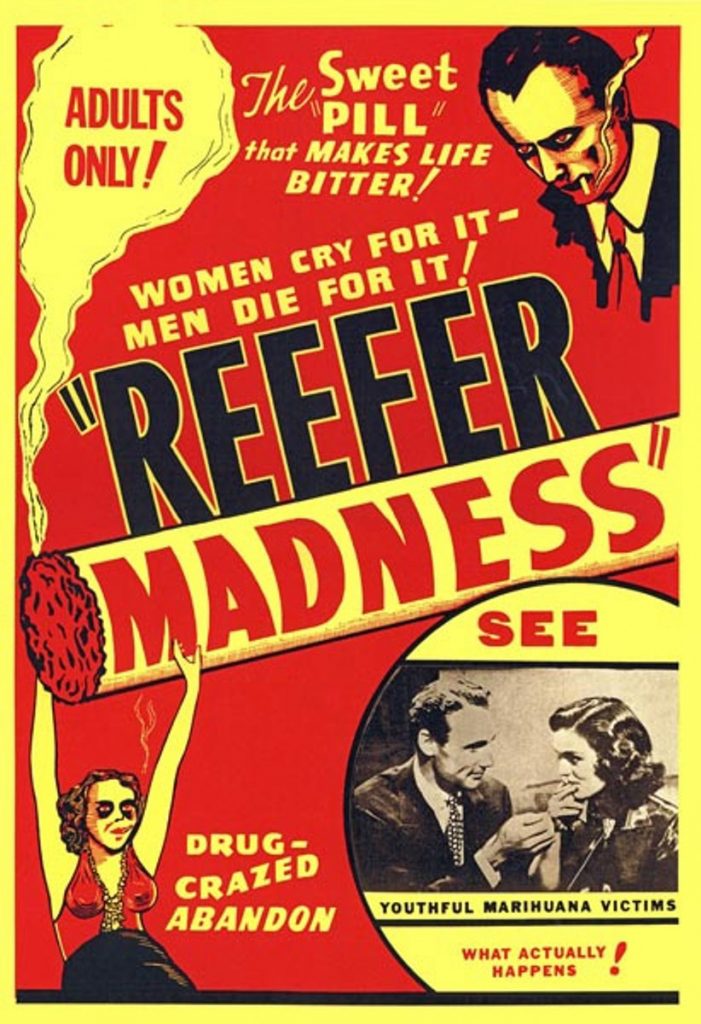

medical benefits explored further
The medical benefits of cannabis were slowly starting to be discovered and explored and Canada became the first country in 2001, to legalise medical marijuana. Jump to 2012 and cannabis became legal in Colorado and Washington, USA for recreational use (with many states now following suit). It still remained illegal in Australia, although interest in hemp seeds was increasing. More health food products selling hemp were introduced, as well as products like hemp shampoos and soap bars.
today
In February 2016, Australia legalised medicinal cannabis at the federal level and from January 2020, the Australia Capital Territory stated it was now legal to possess small amounts of cannabis for personal use (even though this conflicted with the federal laws). Now, over 21 countries worldwide have began to decriminalise cannabis.
